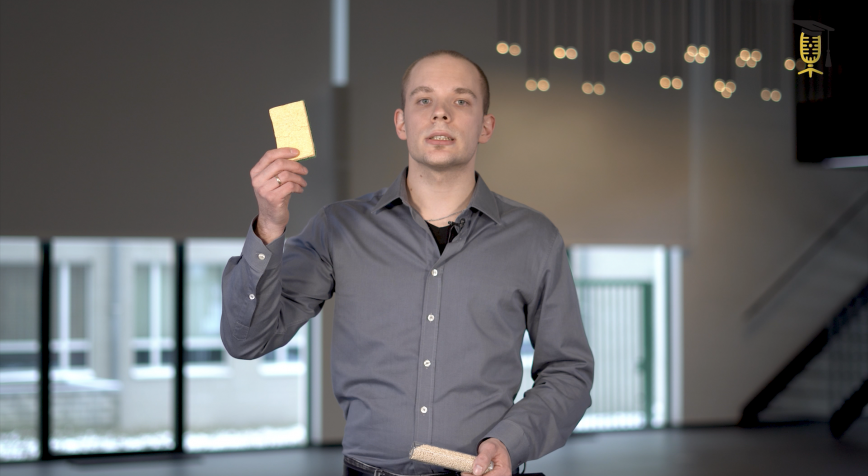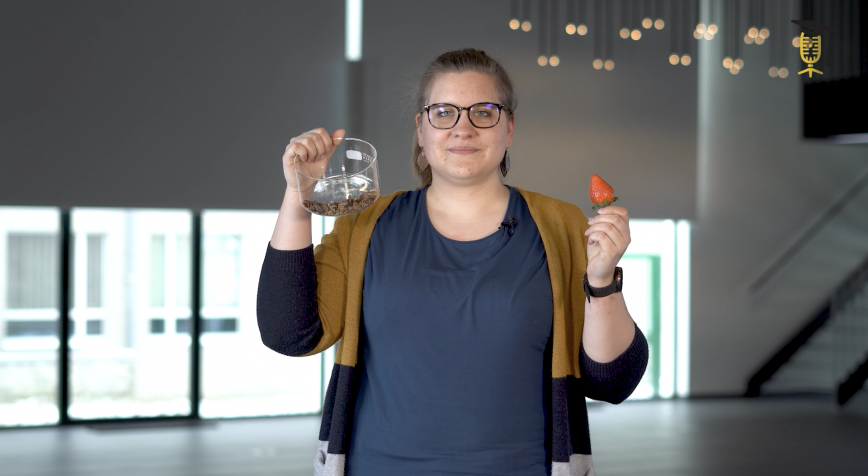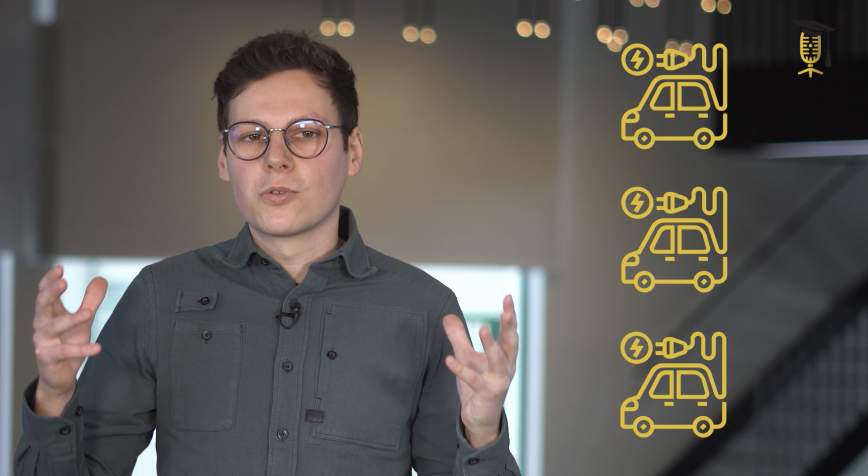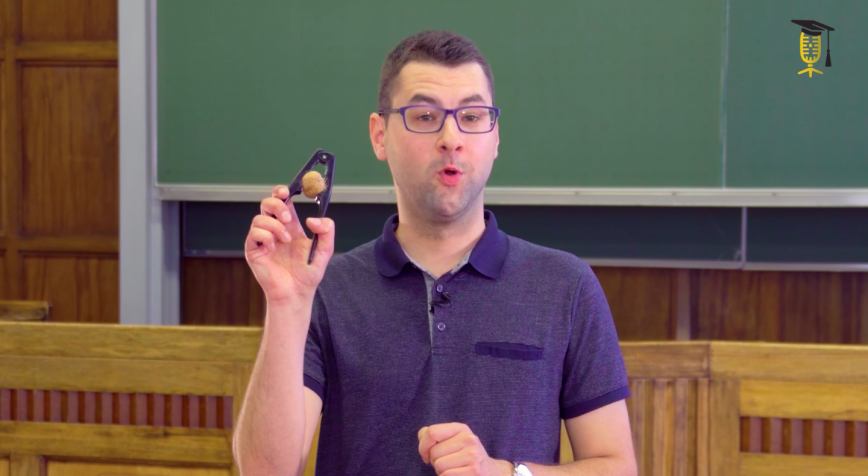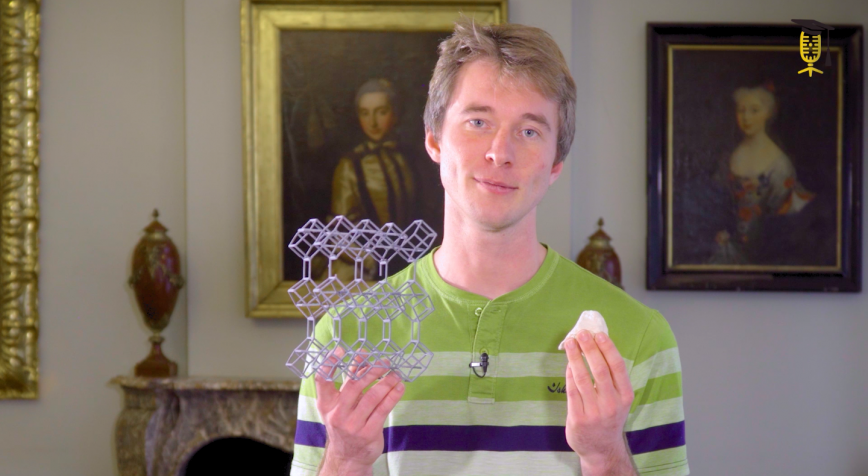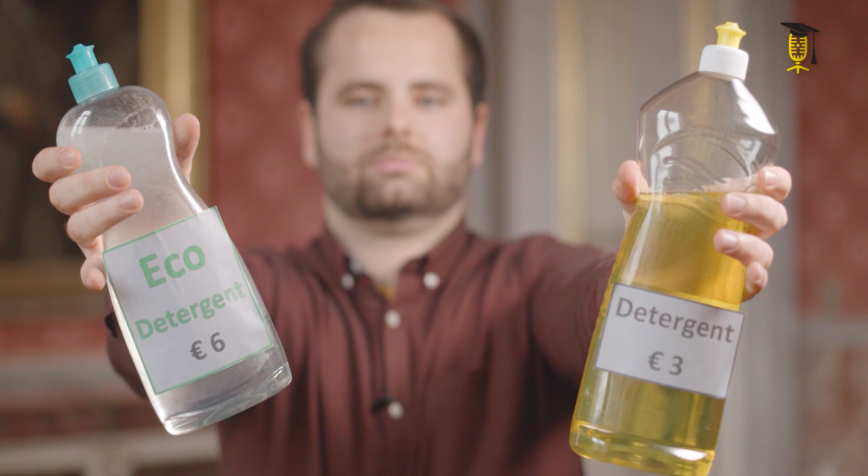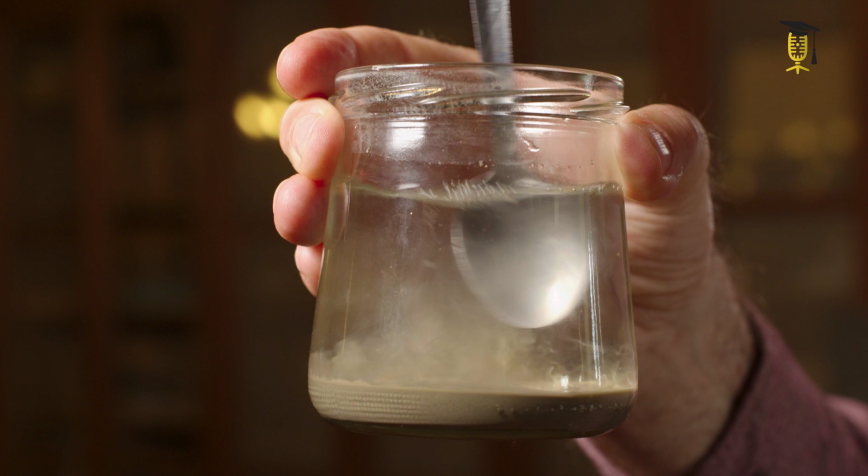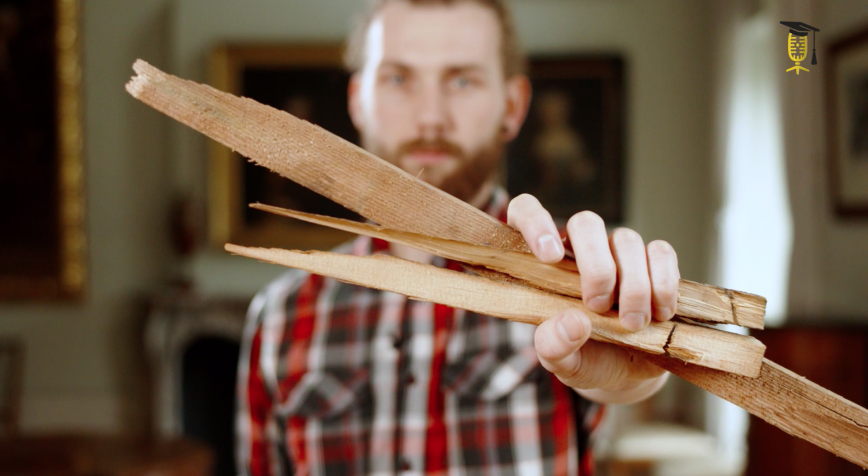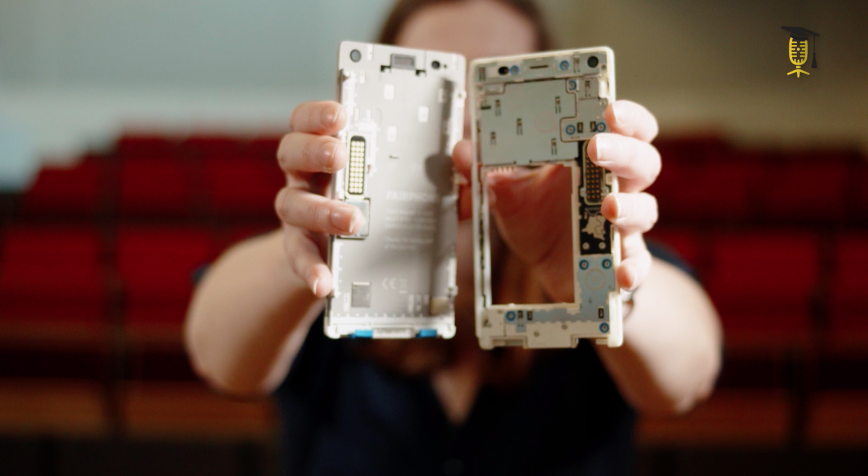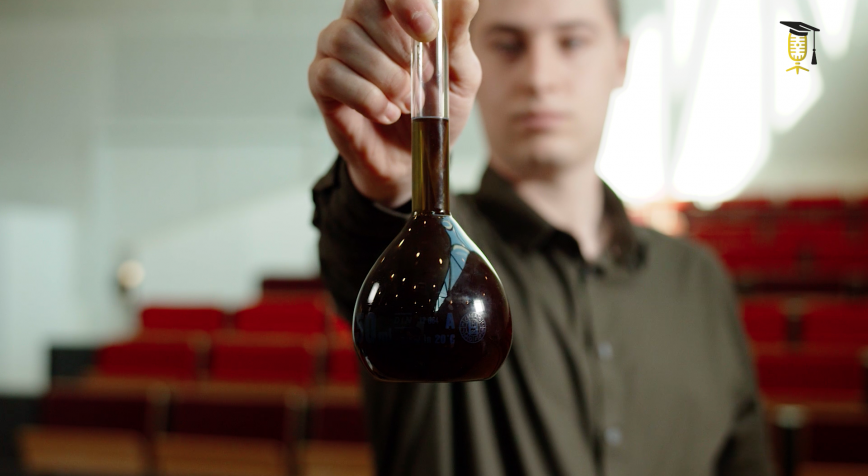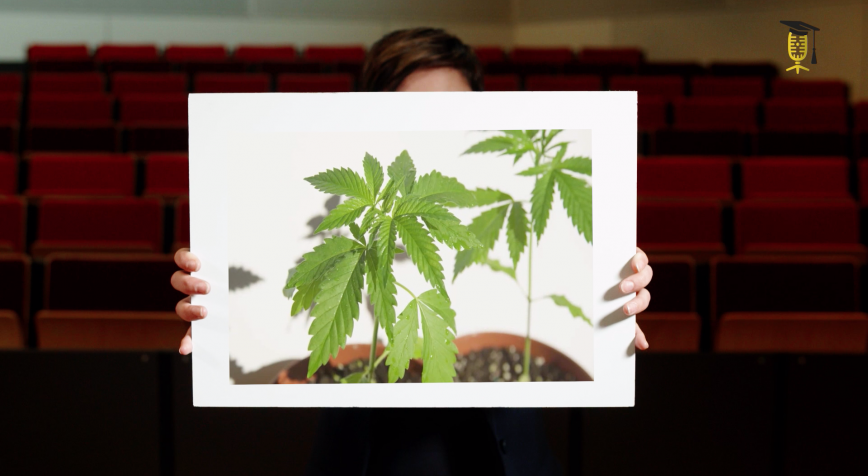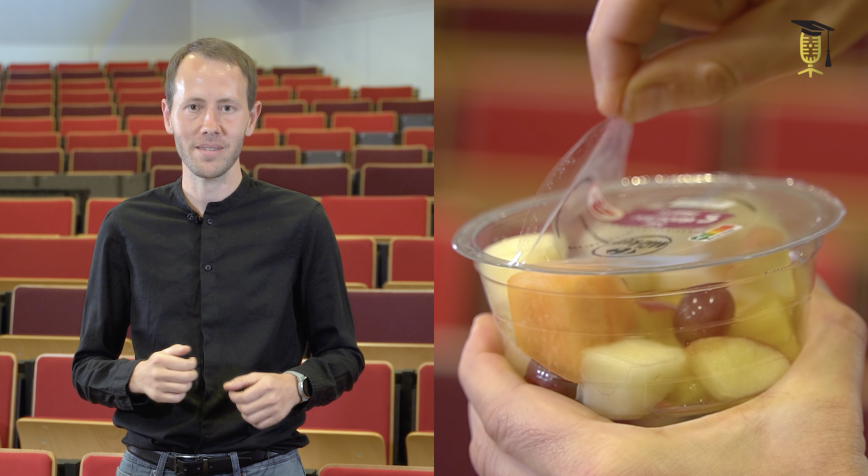
UHasselt
Better food thanks to better sealing
Did you ever enjoy a nicely packed fruit salad with an easy-peel lid? It's a beautiful display of packaging technology: the packaging is strong enough to protect your food, yet at the same time very easy for you to open once you want to dive in. Bram Bamps (UHasselt) explains how he optimizes heat-sealing packaging to keep our food safe and to ensure long shelf life.
